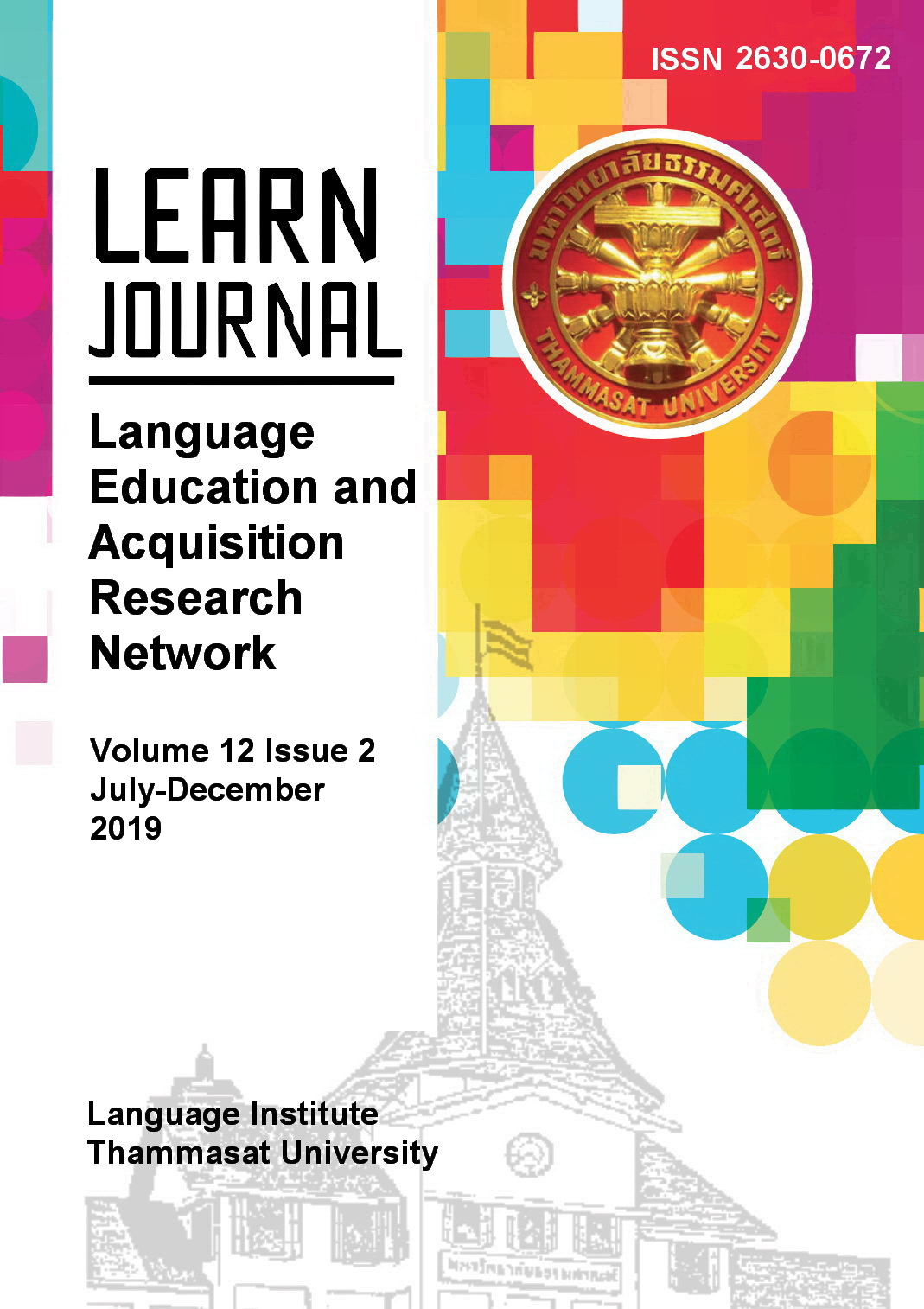A History of Applied Linguistics: From 1980 to the present
Main Article Content
Abstract
Kees de Bot, one of the leading applied linguists (AL), tries to give the field overview in a historical context using a theme-based approach. The book contains 11 chapters. In chapter 1, the author describes his well-established academic background to provide credibility. Then he explains the reason for the chosen years 1980-2010 and his working definition of AL for the book, which I find them rather subjective. The author chooses the year 1980-2010 merely on his involvement in the field, and his AL definition “the development and use of multiple languages” (p.4) might be too open. Furthermore, the informants were chosen based on his personal network. However, he clarifies that it is the readers’ responsibility to deeply analyze the views by themselves because he does not think that he can dictate the final conclusions, and suggests using this book as an introduction to the field or a basic trend-linkage.


